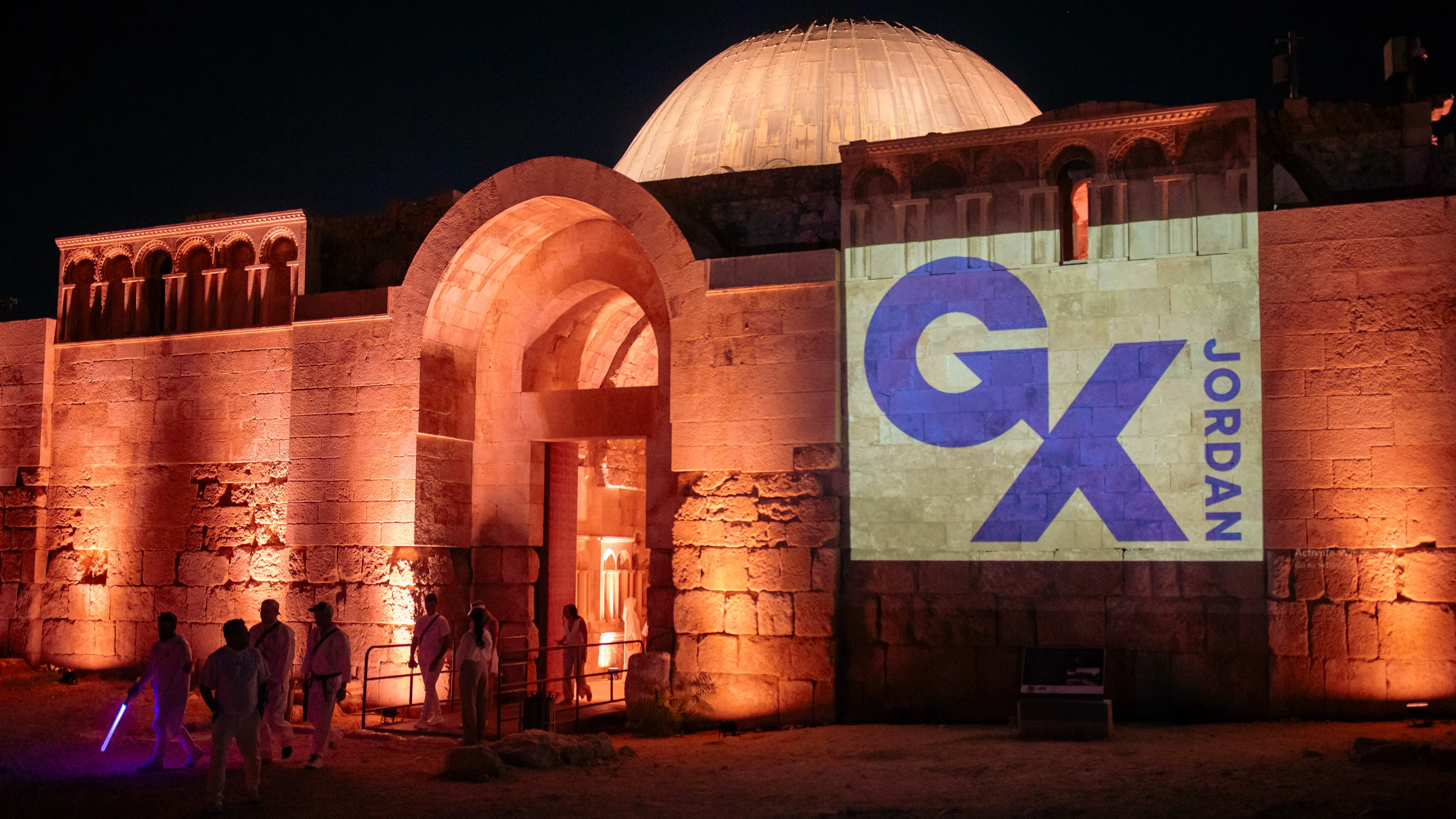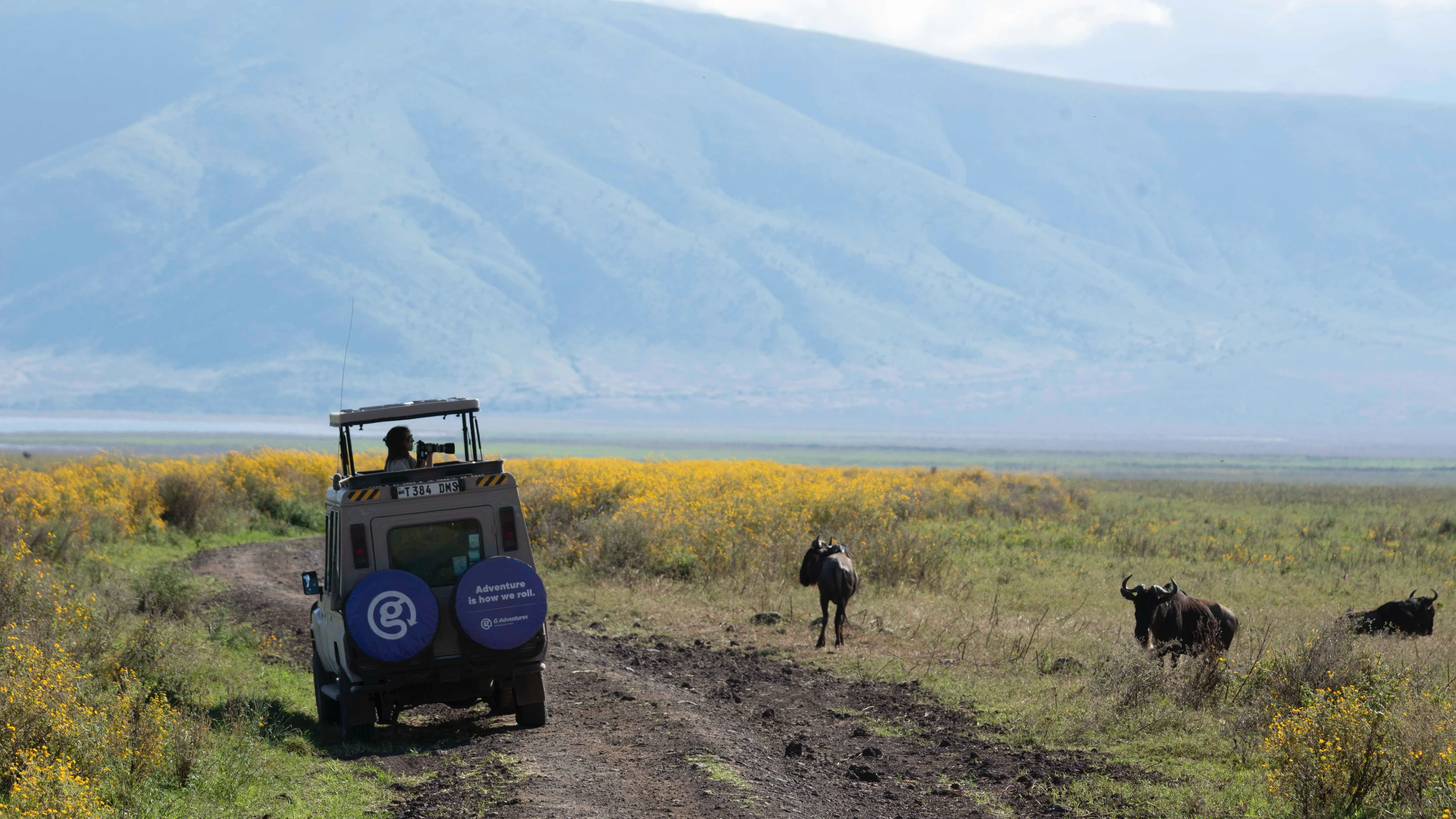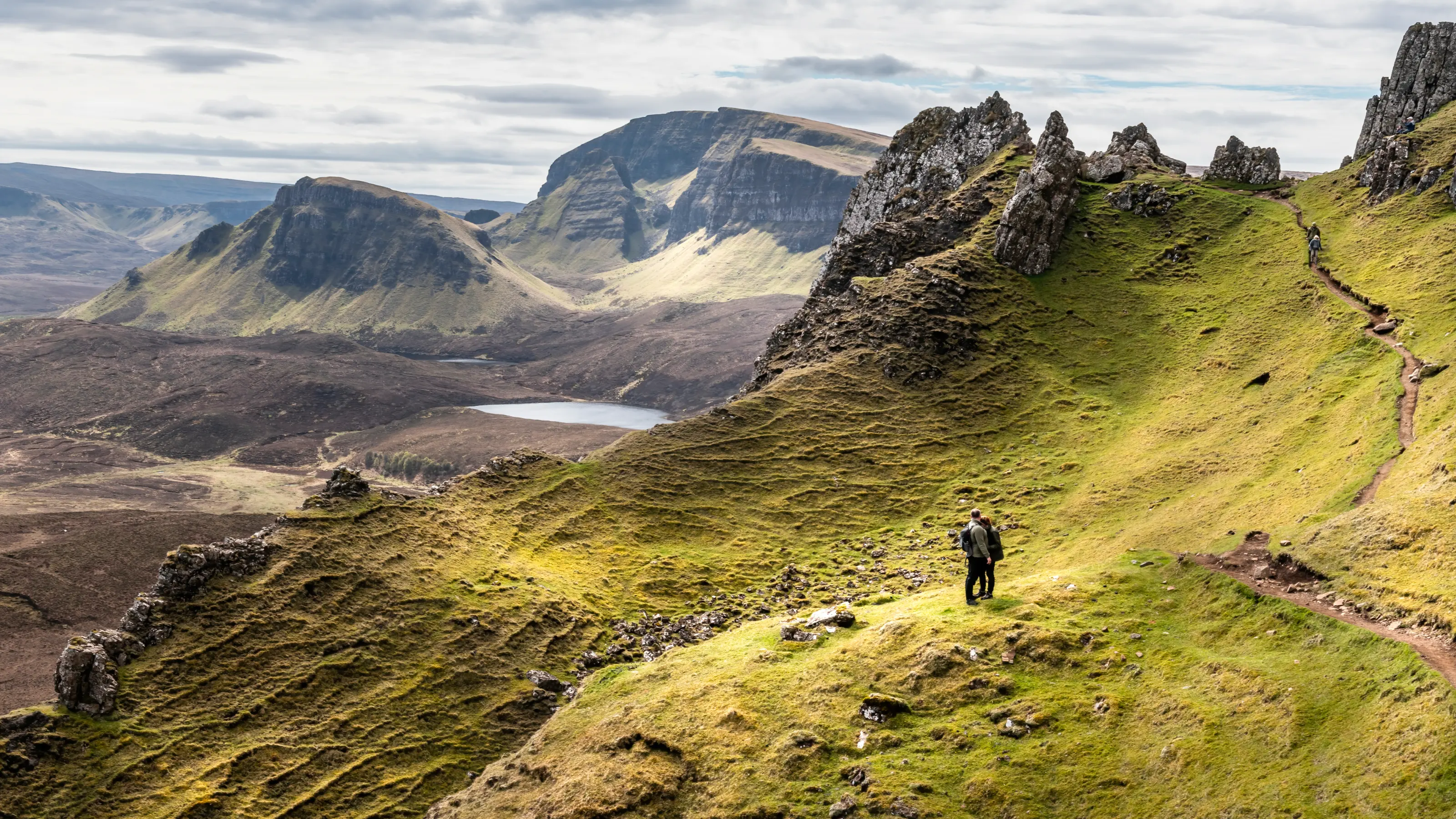Moldova travel guide: uncork Europe’s best-kept secret
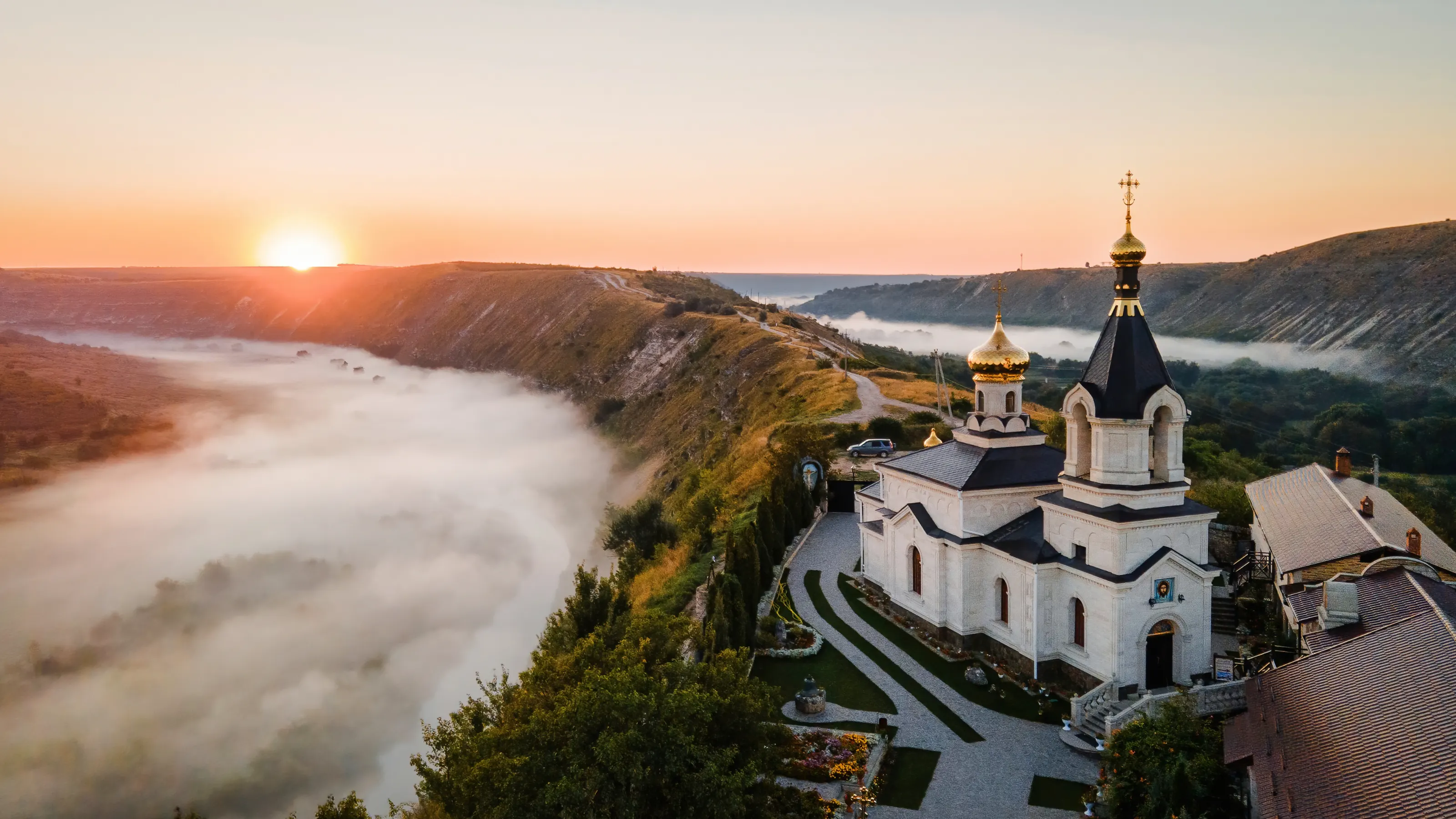
Tucked between Romania and Ukraine, Moldova isn't a travel destination that quickly comes to mind. In fact, it held the title as the ‘least visited country in Europe’ for many years — welcoming less than 400,000 visitors in 2023. But like one of its many fine wines let to breathe, the allure is building and people are waking up to all this little Eastern European gem has to offer. In 2024, more than 6 million people visited to put this tiny landlocked nation squarely on the map.
Naturally, we're heading that way too but with a slow travel and community-minded twist! Read on to discover how to squeeze every tasty drop out of Moldova in ways that uplift and replenish its people.
Ways to make the most of Moldova
Not one to follow the flock, our take on Moldova slows things way down to focus on local communities, immersive cultural experiences, and real connections with the people keeping centuries-old traditions alive. Sure, you'll see fresco-clad monasteries and unspoiled countryside, but you'll also kick back and chat over tasty jams, wines, and cheeses with local makers using their craft to give back to their communities.
From a cooking class at an agro-pension in Trebujeni to indulging in a traditional Gaguaz feast, the sure way to a full heart (and stomach!) is taking every opportunity to genuinely connect with Moldovan people in their daily lives.
Get a true taste on: Moldova Discovery

Best time to visit Moldova
As it positively beams in bright sunshine and warm weather, the best time to book your trip is spring or summer. April until June are good months to visit Moldova as the weather tends to be warm and dry, making it ideal for hiking, exploring the countryside, and vineyards in full bloom.
Wine lovers may prefer to plan their trips for later in the year, from September to early October. Grapes are getting harvested so you can taste new wines and attend the annual ‘National Wine Day’ festival in October. Plus, it's relatively quiet this time of year from the tourist set.

Time needed in Moldova
How much time have you got?! First-time visitors to Moldova should set aside at least 5 to 7 days to fully explore the country. You can easily spend two full days in the capital of Chișinău, followed by a day or two tasting at prestigious wine cellars, plus a couple more for the archeological sites and historic monasteries. And don't forget that Romania is just a stone's throw away with its Transylvanian charms and medieval magic.
Pair Eastern European gems on: Heart of the East: Romania & Moldova Adventure
Getting around Moldova
Moldova is a small country, with a length of approximately 320km (200 mi) from one side to the other — around two to three hours by car. Its size makes getting around fairly quick and painless. Public transport in Moldova is mostly trolleybuses and minibuses (known as marshrutkas) in Chișinău, and larger buses and trains are available for travelling between towns, cities, and other countries.
The trolleybuses in Chișinău are cheap and easy to navigate, and take you to most attractions in the city. The marshrutkas require a bit more know-how. They travel on set routes and stop on request, so don’t expect the driver to pull up at bus stops without you waving as a signal. You can find buses to attractions like Orheiul and Cricova, from the Central Bus Station in Chișinău.
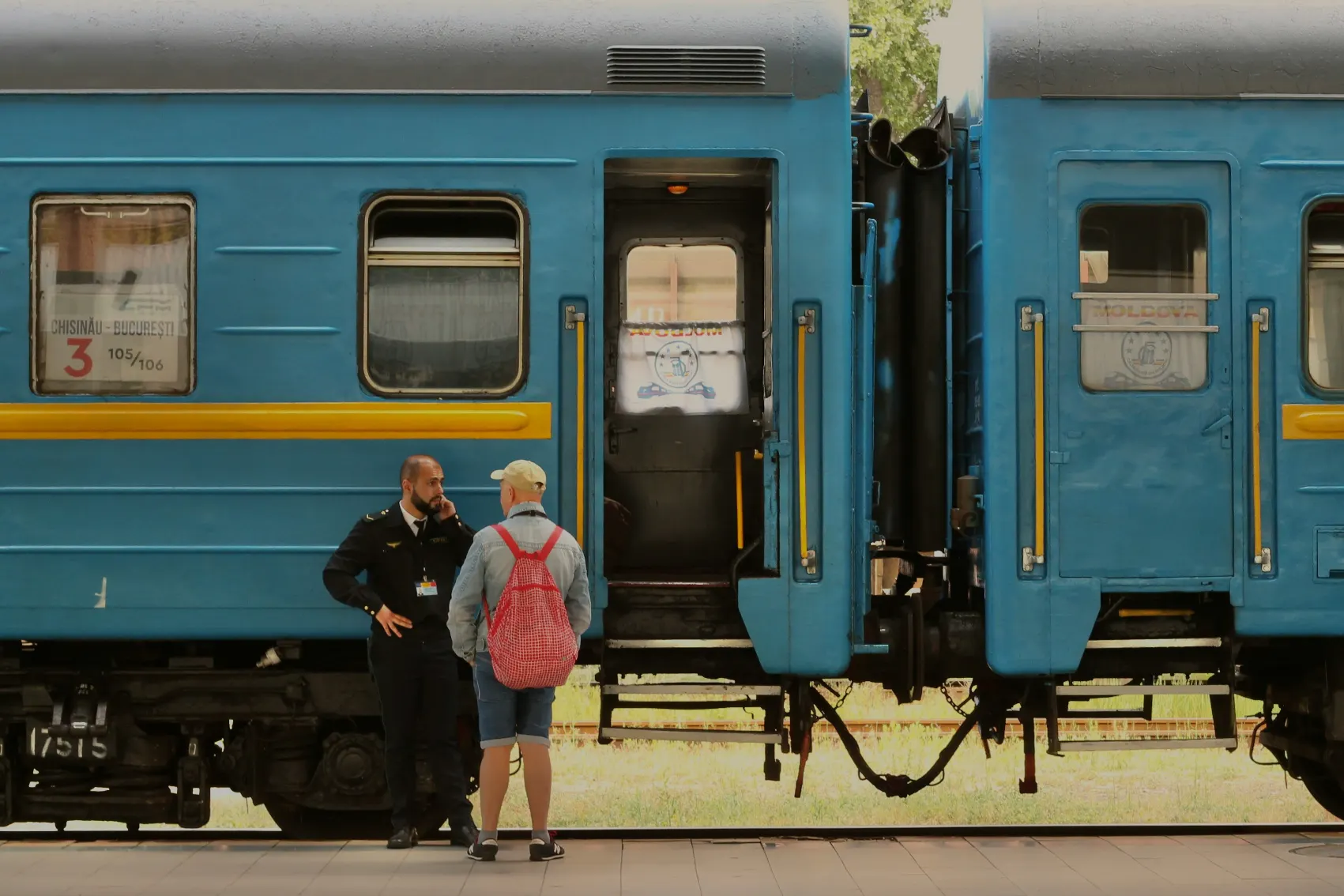
Moldova's cost of living
For the average traveller Moldova offers a low cost of living but the same cannot be said for the local people with low average wages and high rental prices. According to Numbio, the average wage for Moldovans is 11,120.95 MDL per month ($898 CAD), and the average cost of a one-bedroom apartment in Chișinău is around 10,400.38 MDL ($840 CAD), leaving very little for anything else.
As a traveller, Moldova is affordable by European standards. The average meal in a casual restaurant is about 150 MDL ($12 CAD), and a hostel or 3-star hotel could cost, on average, about 460 MDL ($37 CAD) per night.
Moldova safety
Generally, Moldova is a safe country to visit. However, as it’s bordered by Ukraine in an ongoing conflict with Russia since February 2022, it’s understandable that you’d be concerned about safety. Since the conflict in Ukraine began, Moldova hasn’t experienced attacks or violence against it, but remains on a higher level of alert.
The Transnistrian region, also known as the Pridnestrovian Moldavian Republic or Pridnestrovie, is a breakaway state in Eastern Moldova bordering Ukraine. It’s recommended that travellers avoid this area at this time as it’s outside of the Moldovan government’s control.
Aside from this, Moldova rarely sees petty crime like pickpocketing, particularly on crowded buses and trains, and around touristy areas in Chișinău. Travellers aren’t often the target of violent crime, but you should always be vigilant and take care when talking with strangers. Travelling as a small group minimizes the risk of trouble in general so naturally we're big fans.
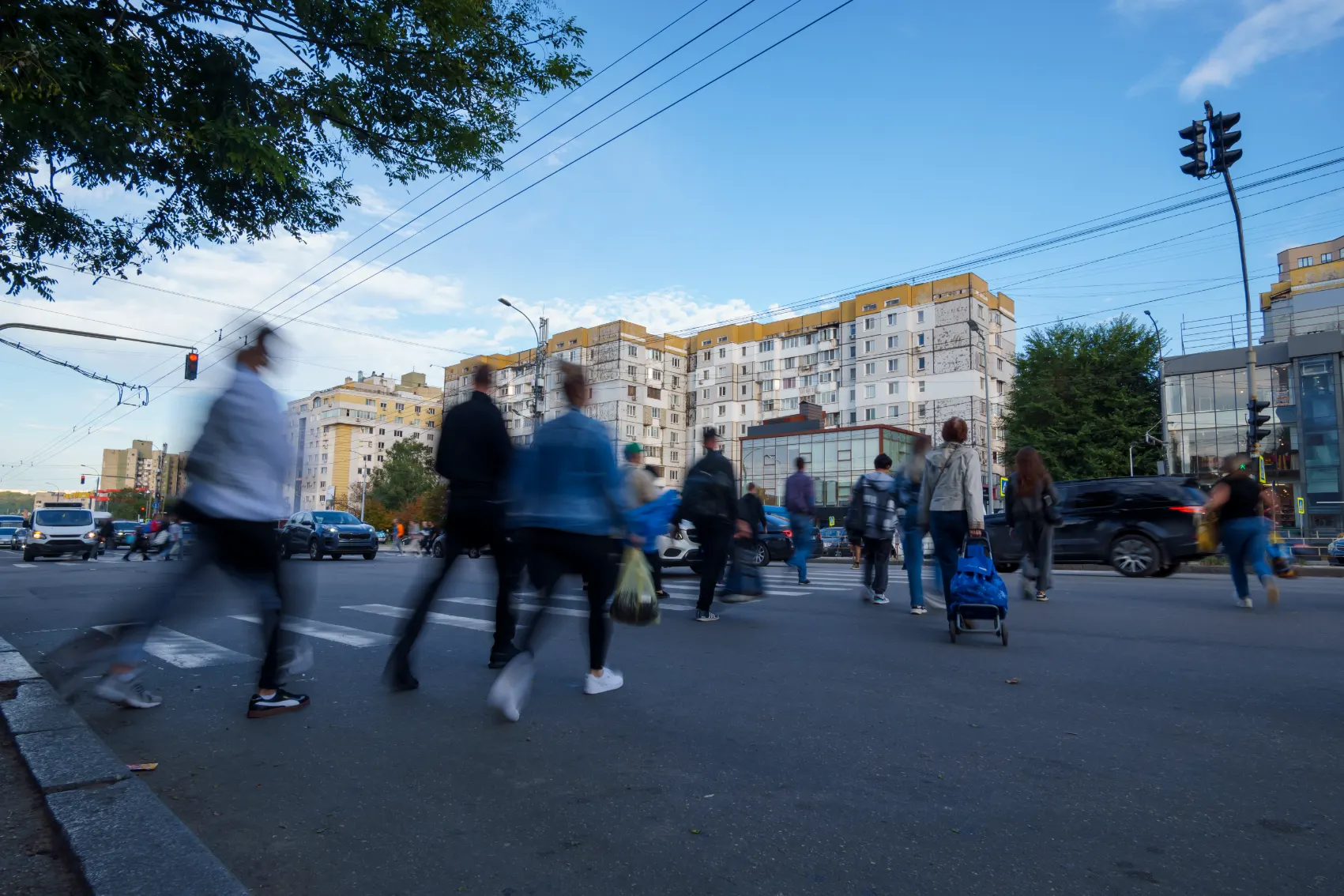
Moldova etiquette tips
Moldovans take hospitality seriously, so it’s good to know customs and proper etiquette beforehand, especially in a homestay. Here are our top courtesy tips:
• If you’re invited to someone’s house, take a small gift for the host
• Remember to take off your shoes when entering a home
• When toasting at dinner say ‘noroc!’ similar to ‘cheers’ in English
• Don’t put your thumb between your first two fingers; it’s considered rude
• In Orthodox churches, women should cover their hair while men should remove their hats
• Always cover your shoulders, knees, and torso, and don’t wear anything too fitting
• Don’t shake hands across a doorstep as it’s considered bad luck
• Don’t shake hands with a woman unless she puts a hand out first
• It’s customary to tip in hotels and restaurants and 5 to 10% is common
Top things to do in Moldova
Explore the capital of Chișinău
Chișinău was heavily bombed during WWII, and so much of its historic legacy was destroyed, but it still serves up culture by the plateful. It’s possible to explore the heart of the city in a day or two. Its main attractions are all conveniently spaced within walking distance of each other, surrounding Chișinău’s two most famous parks — the sprawling Cathedral Park leading to the main Orthodox cathedral, the Metropolitan Cathedral of Christ's Nativity, and the tranquil Stephen the Great Central Park, known for its manicured gardens and ornate fountains.
Some other important sites worth wandering by are the Triumphal Arch, a small-scale Arc de Triomphe built in 1846 and restored in 1973, the Stephen the Great Monument built in 1920, and Valea Morilor Park, where if you look closely on the metal fence by the lake you’ll find a tiny 4-inch bronze statue of the Little Prince.

See it for yourself on: Moldova Discovery
Discover the Old Orheiul Vechi Monastery
The archaeological complex of Orheiul Vechi (marked on maps as Trebujeni) is a 14th-century fortress made famous for its cave monastery carved into the rocky limestone cliff. Don’t confuse it with the town of Orhei, which is 10km (6.2 mi) away.
The monastery was created by Orthodox monks in the 13th century, who lived there until the 18th century after a devastating earthquake forced them to leave. It was then taken over by villagers, who lived there until it was closed down during the Soviet regime from 1944 to 1991.
In 1996, a handful of monks returned to the monastery and restored the church at the top of the hill. Today, it’s a working monastery but severe damage from earthquakes means access to its complex is limited.
Some parts of the monastery you can see are the central hall, which was the main church back in the 13th century, a handful of monastic cells, a bell tower, and a huge stone cross, which is regularly visited by newlyweds.
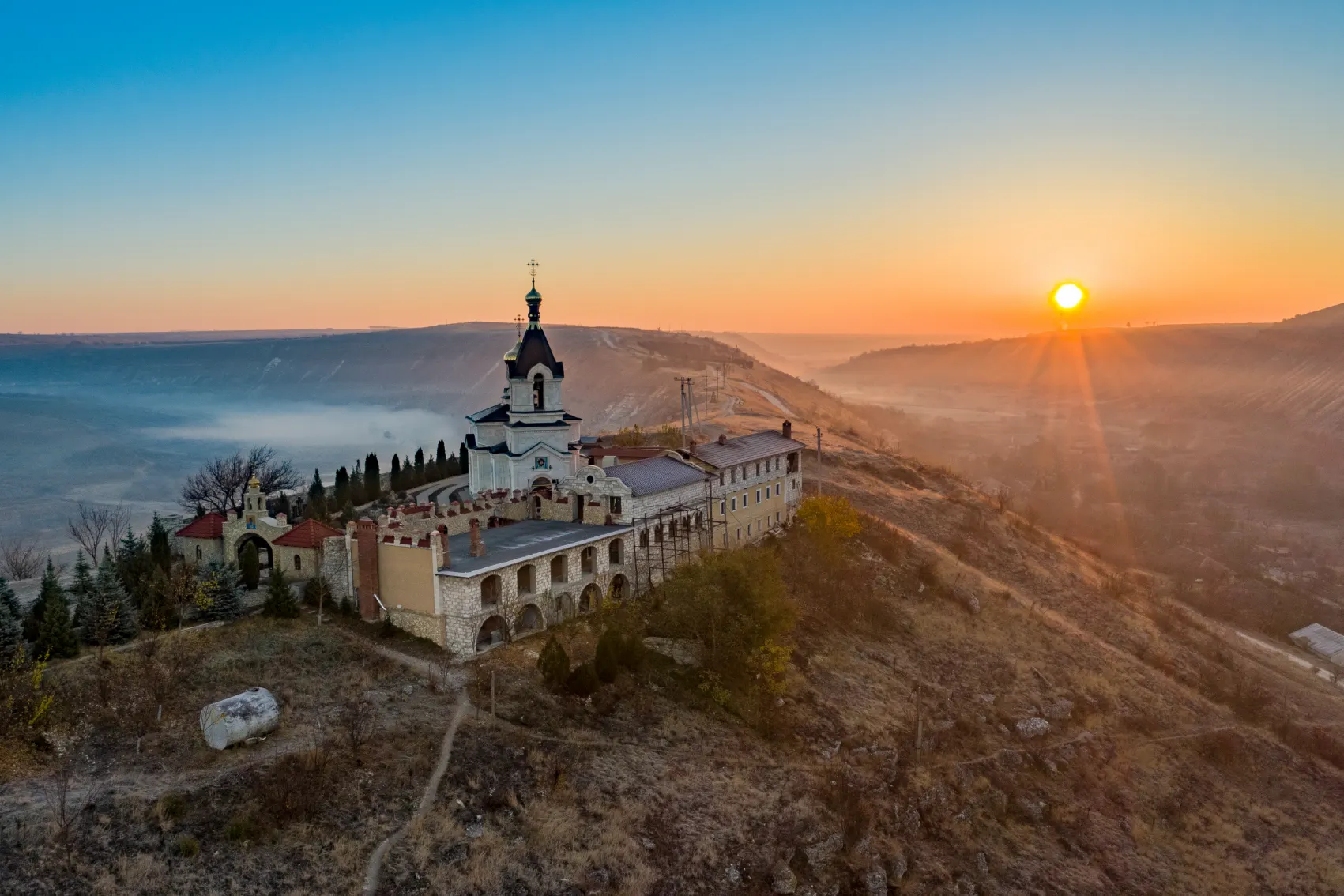
See it for yourself on: Heart of the East: Romania & Moldova Adventure
Go underground at Cricova Vinery
Approximately 15km (9.3 mi) north of Chișinău is the small town of Cricova, an underground wine town. Yes, you read that right, this town boasts a labyrinth of underground streets that extend for 60km (37.2 mi), and are now used as wine cellars. The Cricova Vinery is your access point to these tunnels, which hold the title for world's longest wine cellar. They offer tunnel tours and allow visitors to sample their wines. Yum yum!
During the Soviet regime, this region was known for producing Champagne, but today it’s more commonly known for its dry Sauvignon, Muscadets, and Muscats. It also has a unique sparkling red wine made using Cabernet Sauvignon, Merlot, and Pinot Noir grapes.

See it for yourself on: Moldova Discovery
Check out other wineries in Milestii Mici
While Cricova is north of Chișinău, if you head south, you’ll find more wine-producing treasure troves in the village of Milestii Mici. This village also has a subterranean network of tunnels used as wine cellars. The underground tunnels made of limestone walls keep a consistent humidity rating at 85 to 95% and temperature at 54 to 57°F (12m to 13°C) all year round, which is ideal for storing red wines and ensuring the two million plus bottles stored here age like, well, a fine wine.
Some wines are cellared for several decades before being sold, which adds a hefty price tag to their value. The cellars extend for 200km (120 mi), of which only 55km (34 mi) are currently in use. Milestii Mici keeps its wines for several decades before they are sold, making them some of the finest wines in the world. How can they afford to store them for so long, you ask? Well, it also has the world's biggest wine cellar at 200km (124 mi), though only 55km (34 mi) is in use, which was recorded in the 2005 Guinness Book of World Records.
Visit the Saharna Monastery
The Saharna Monastery, also known as the Holy Trinity Monastery of Saharna, is located on the western banks of the Dniester River inside an imposing canyon and is recognized as the largest religious pilgrimage site in Moldova. The complex features two separate monasteries — the colourful pastel yellow complex on the ground, known as the monastery of the Holy Trinity, and the cave monastery of the Annunciation.
Little is known about the cave monastery, but the Trinity Monastery was founded in 1776 by monk Bartholomew, making it one of the oldest monasteries in Moldova. It was used as a monastery up until the 1960s, when it was turned into a psychiatric hospital by the Soviets. It was reopened as a monastery after the fall of the Soviets in 1991.

See it for yourself on: Moldova Discovery
Step back in time at Soroca Fortress
Moldova is not short of medieval fortresses, and one that beckons to be explored is the 14th-century marvel, Soroca. It was used to defend Moldova’s boundaries for 200 years, and was built in a strategic location on Moldova’s most northeastern tip.
The complex you see today is said to have been built between 1543 and 1546 by ruler Petru Rareş. What’s unique about the fortress is its circular shape and whimsical pointed roofs, resembling a witch's hat. This characterful architecture is unique to Western Europe and the Transylvanian region. Although the fortress is a ruin, its four circular towers, central bastion, and defensive wall (which is a staggering three metres thick) are still intact.
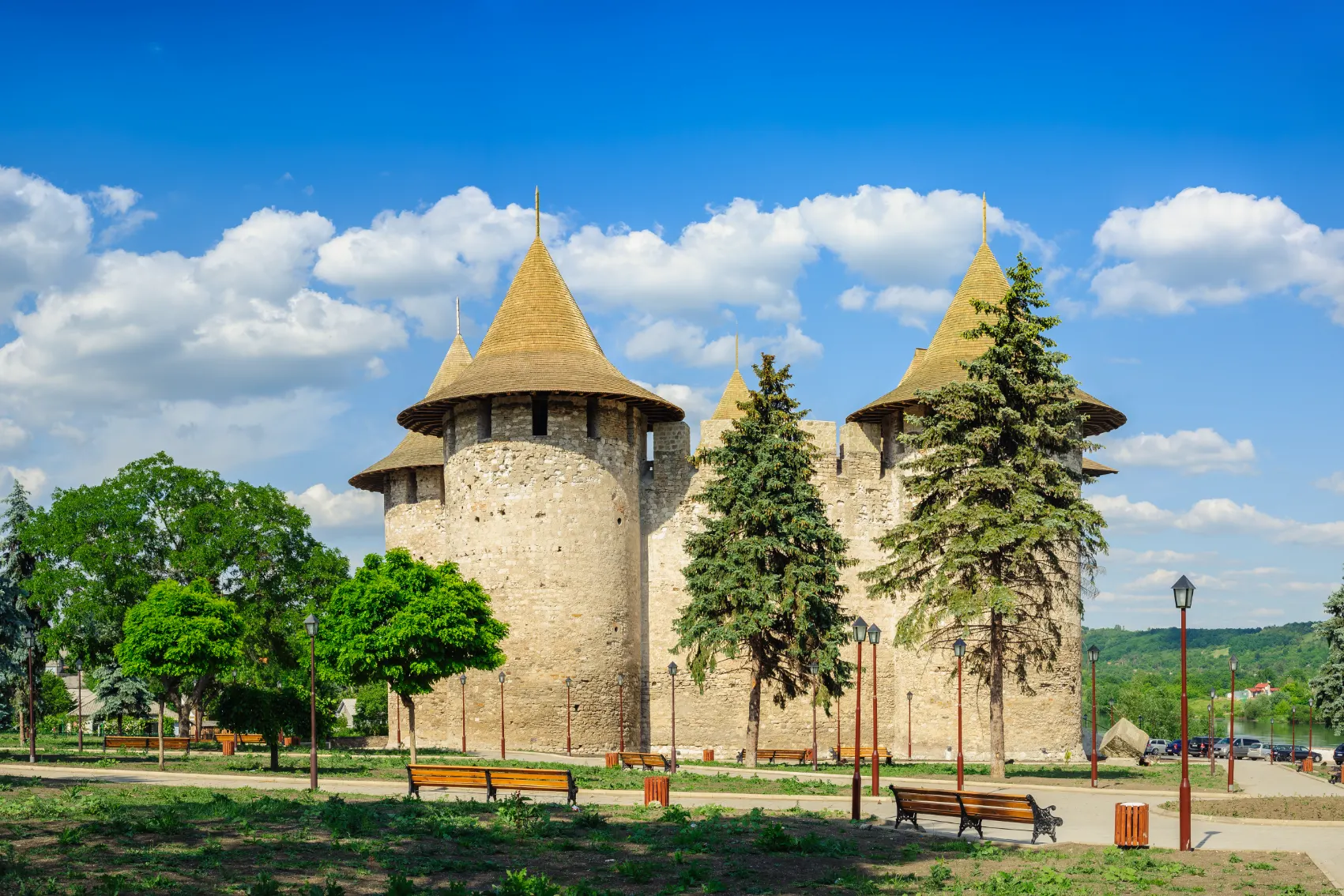
Admire Curchi Monastery's gilded iconostasis
The Curchi Monastery, surrounded by the Orhei Forest, is not only beautiful because of its verdant surroundings, but also for its gilded iconostasis and fresco paintings. It was founded in 1773 and is one of the richest monasteries in Moldova. Although there are several churches in the monastery, it’s the cathedral Naşterea Domnului that catches your eye. It was built in 1872 and has a striking pink baroque style facade, and has the highest dome in Moldova at 57 metres.
The paintings and gilded icons found inside the cathedral were badly damaged in a fire during WWI, but were restored in 1943 and again in 2006. What you see today is the result of careful and loving restoration work, which is still ongoing.
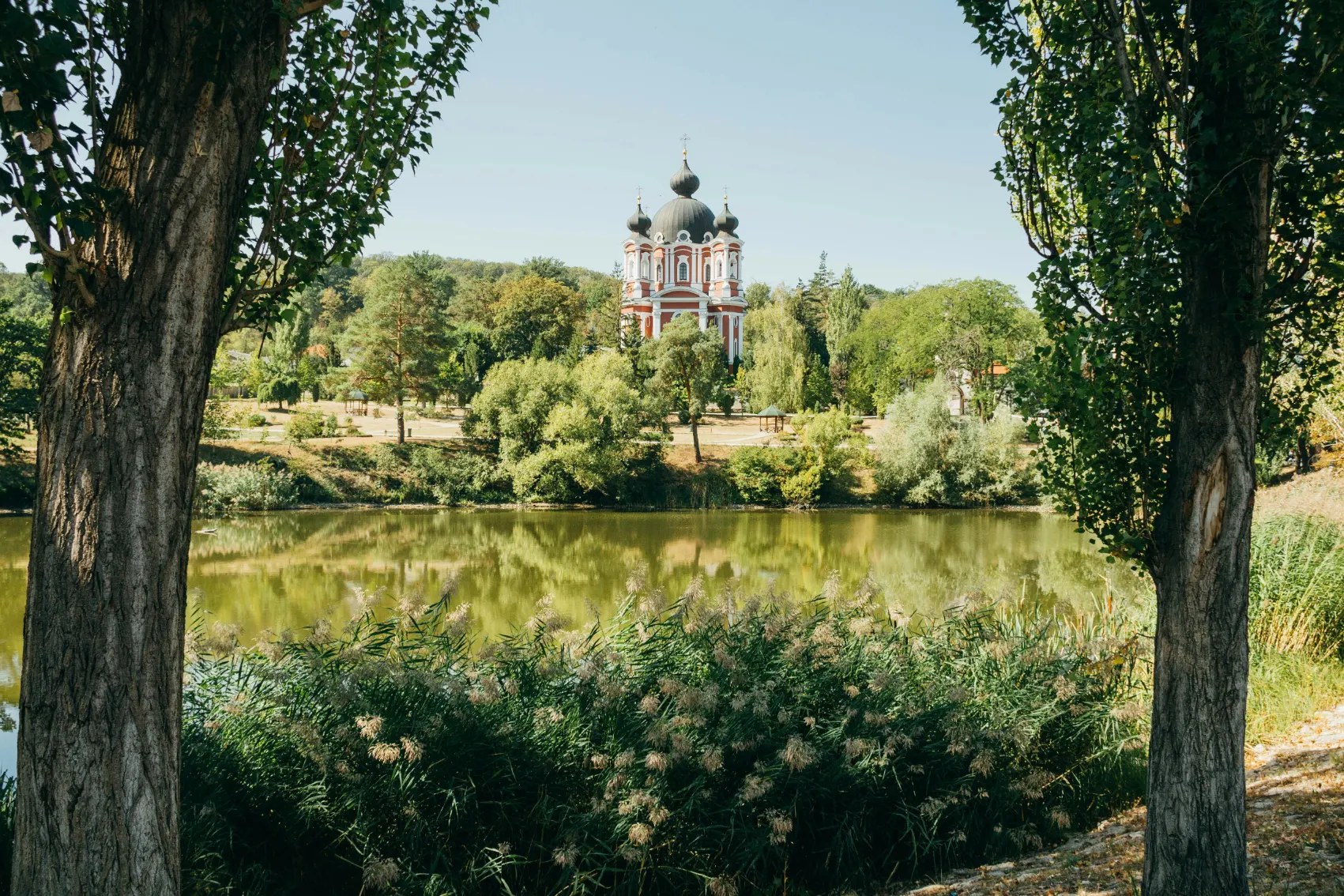
Uncover the secrets of Tipova Monastery
Just down the river from the Saharna Monastery is another cave monastery worth a trip. The Tipova Monastery is carved into the rocky hillsides overlooking the Dnister River, and accessible by a boat ride from the town of Rezina or hiking.
The monastery has three religious chambers and monastic cells, and the oldest of these chambers is the Elevation of the Holy Cross cave church dating back to the 11th century.
There is also a lovely hiking trail connecting the monastery to the top of the gorge and passes a series of waterfalls. Sturdy footwear is your best bet.































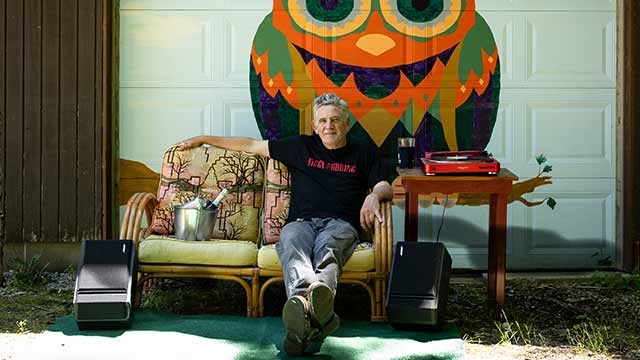


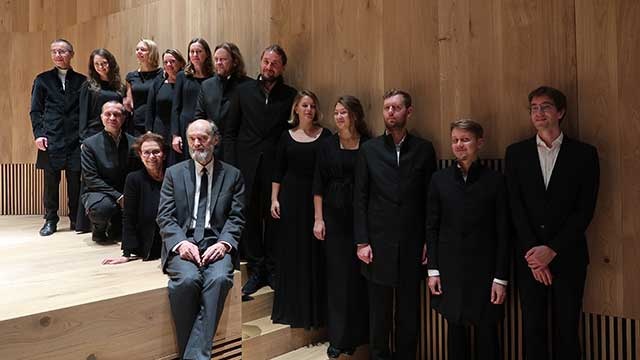



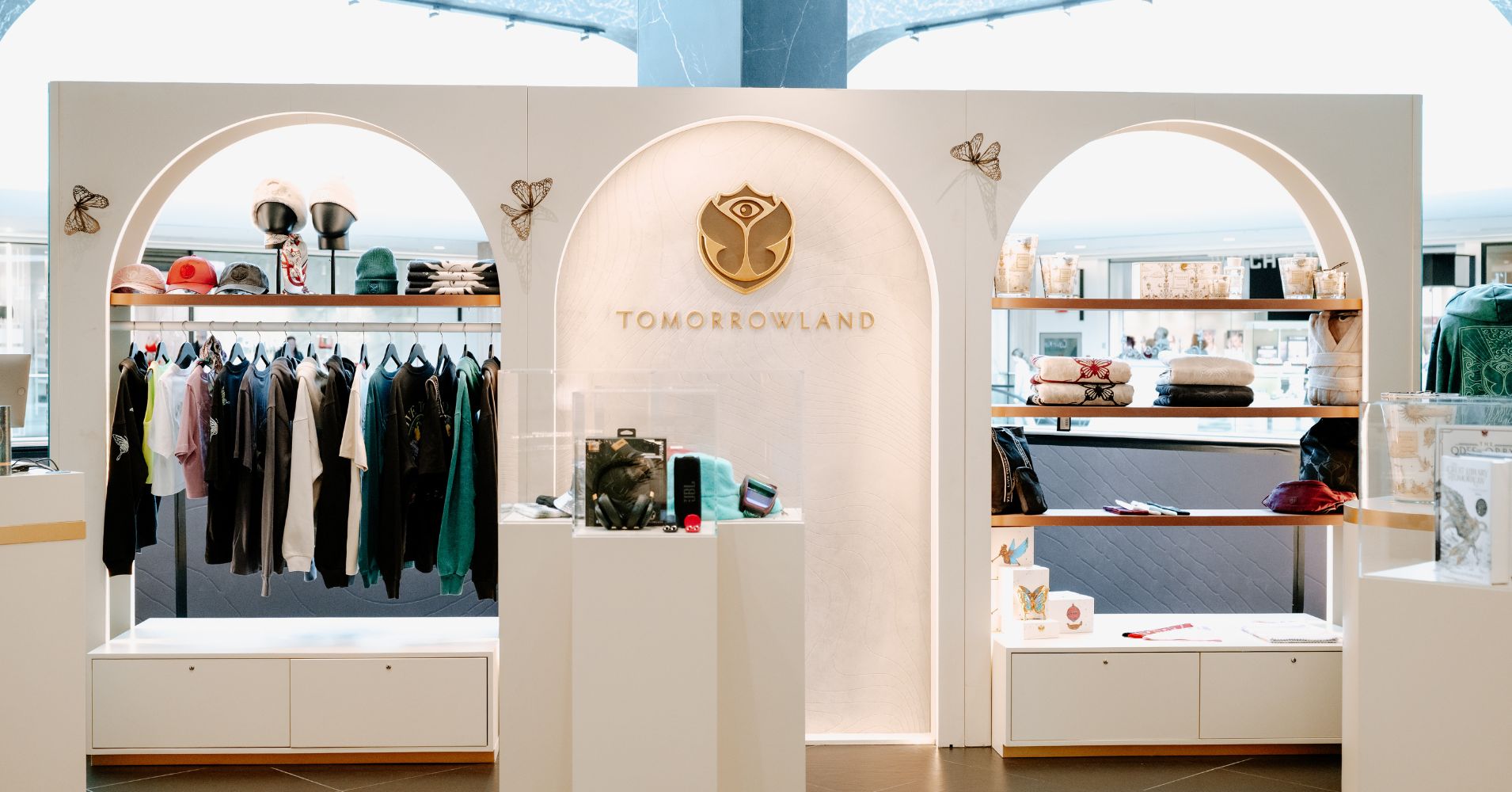


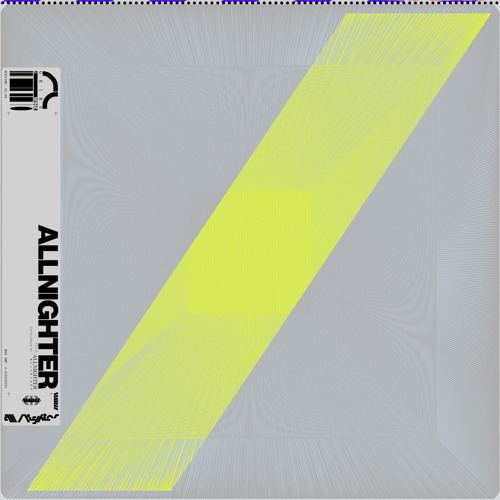




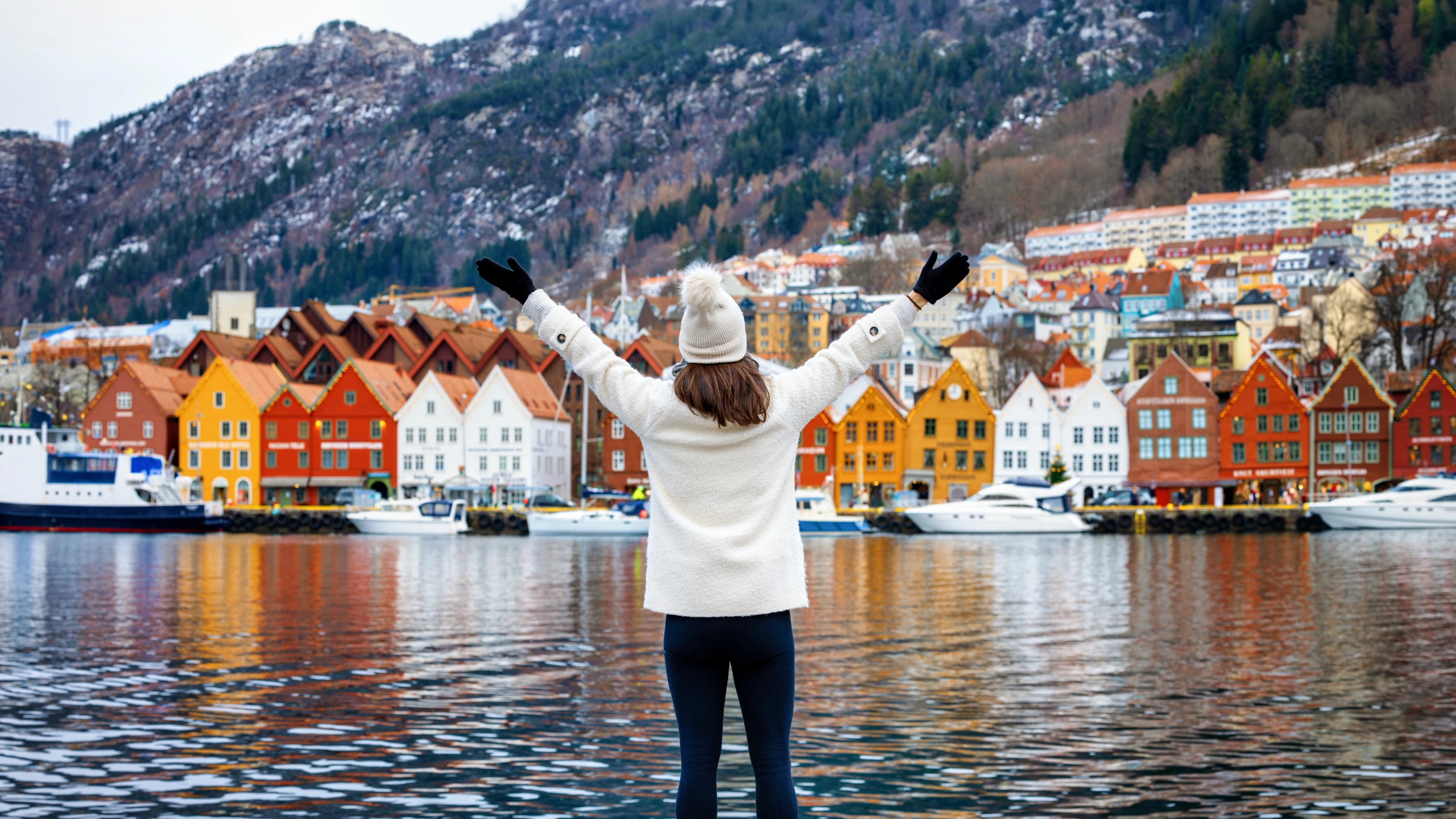


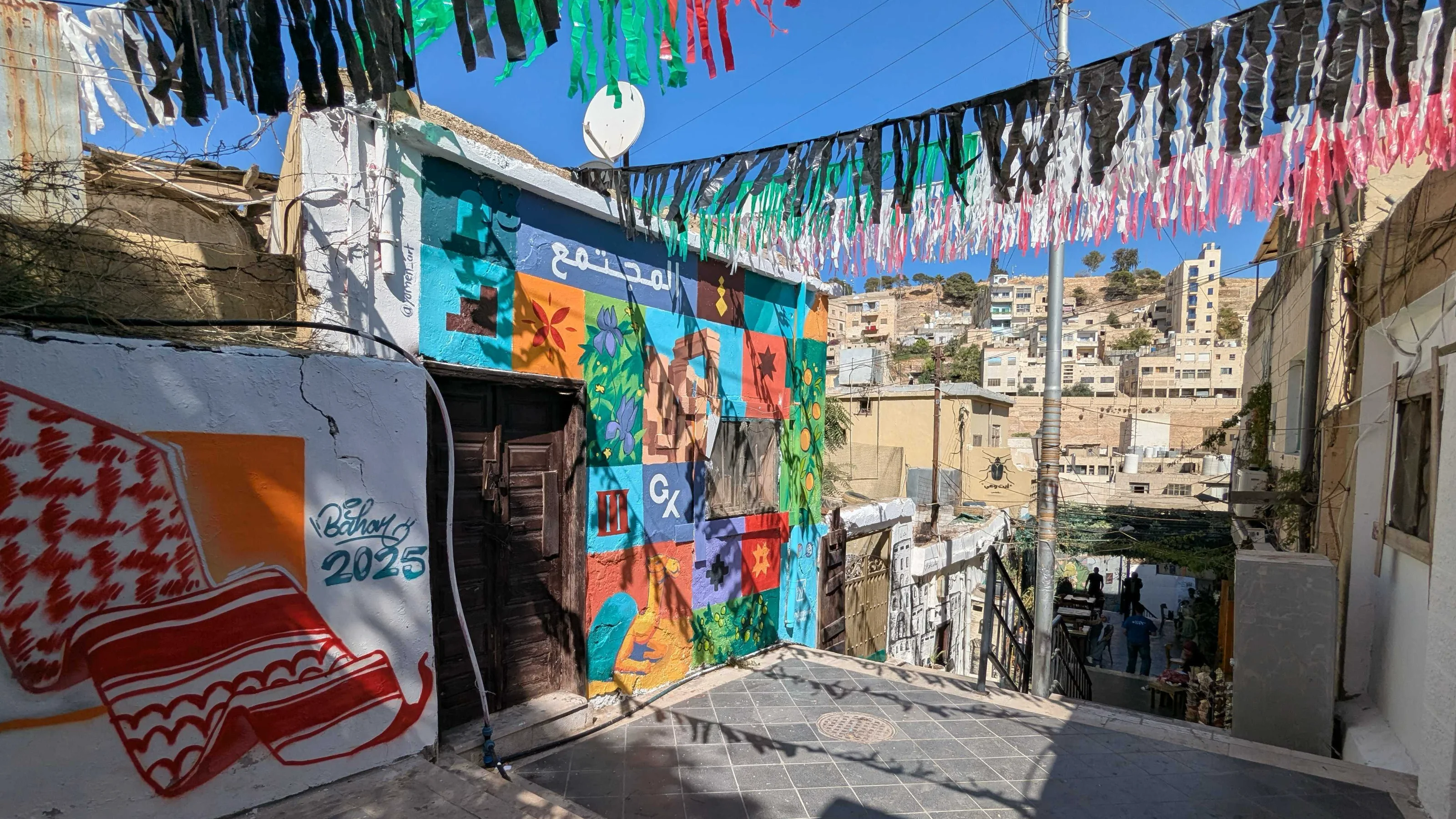
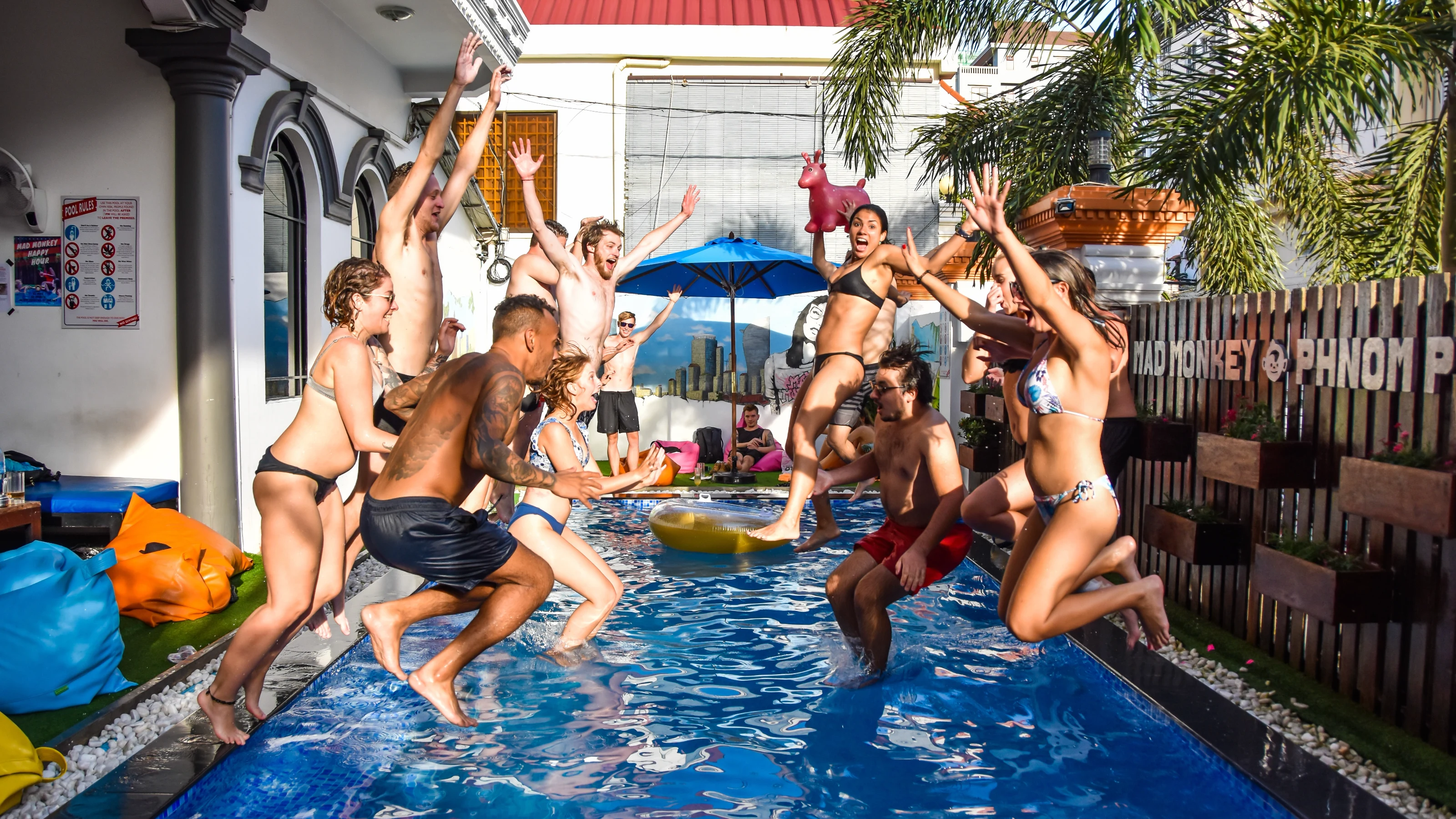
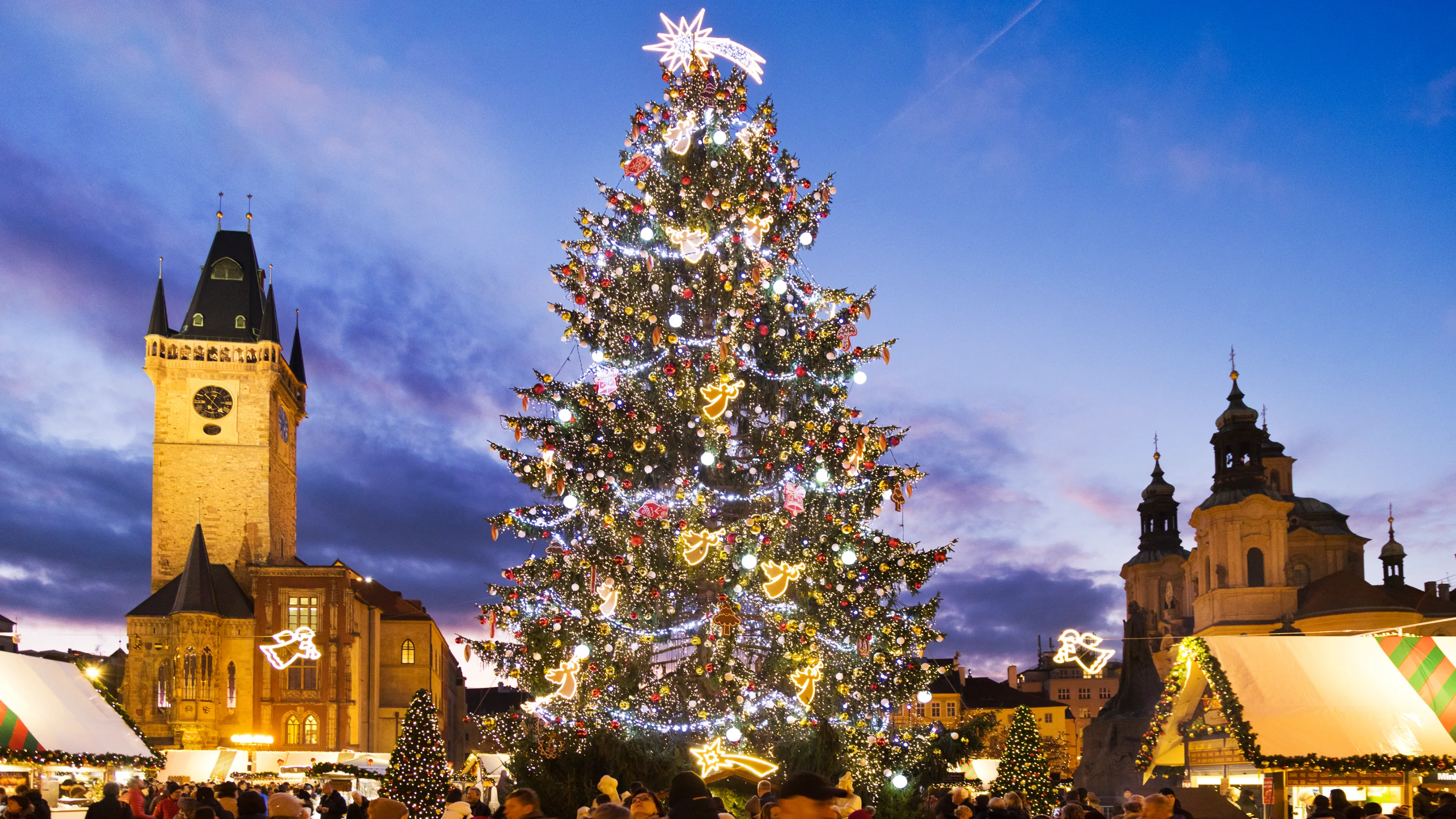
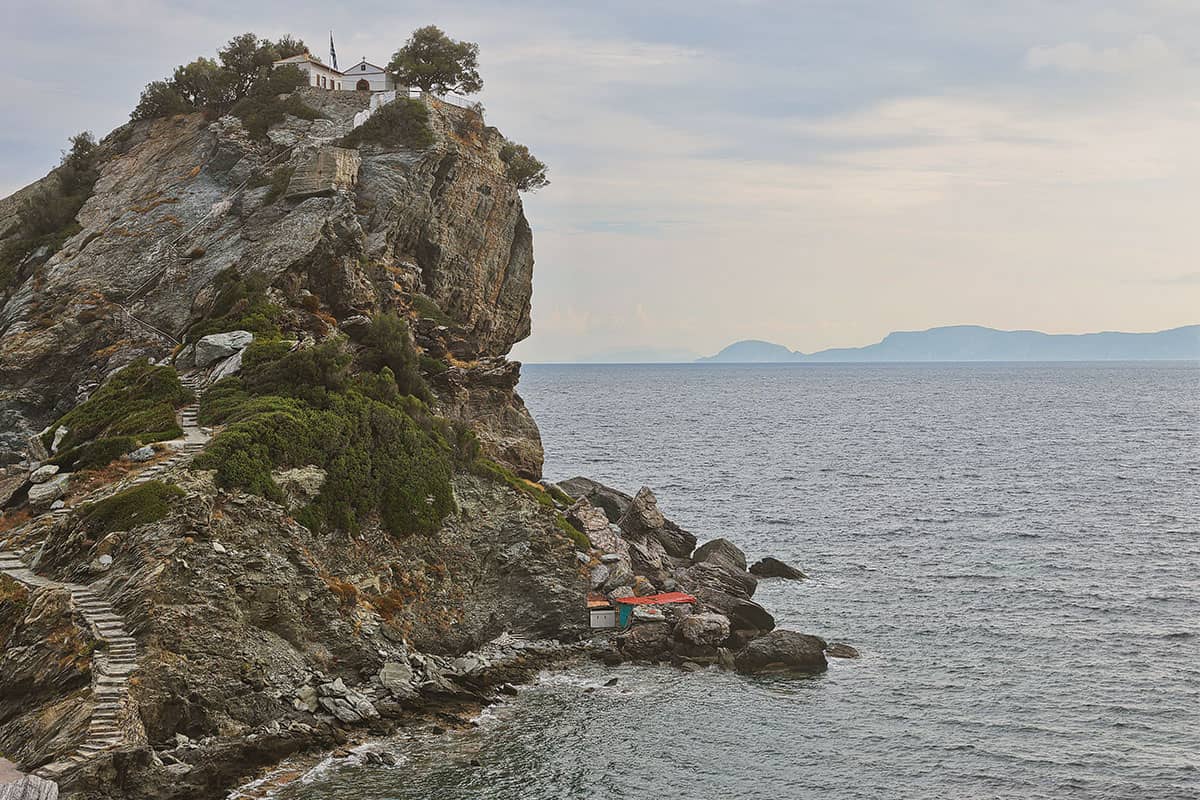
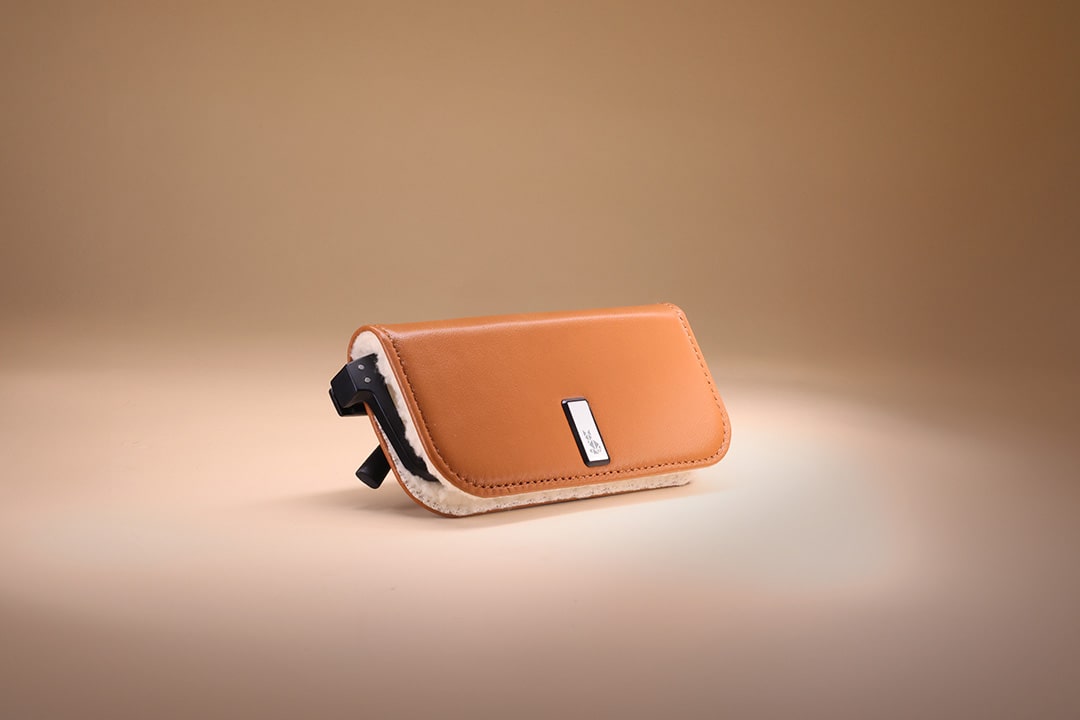















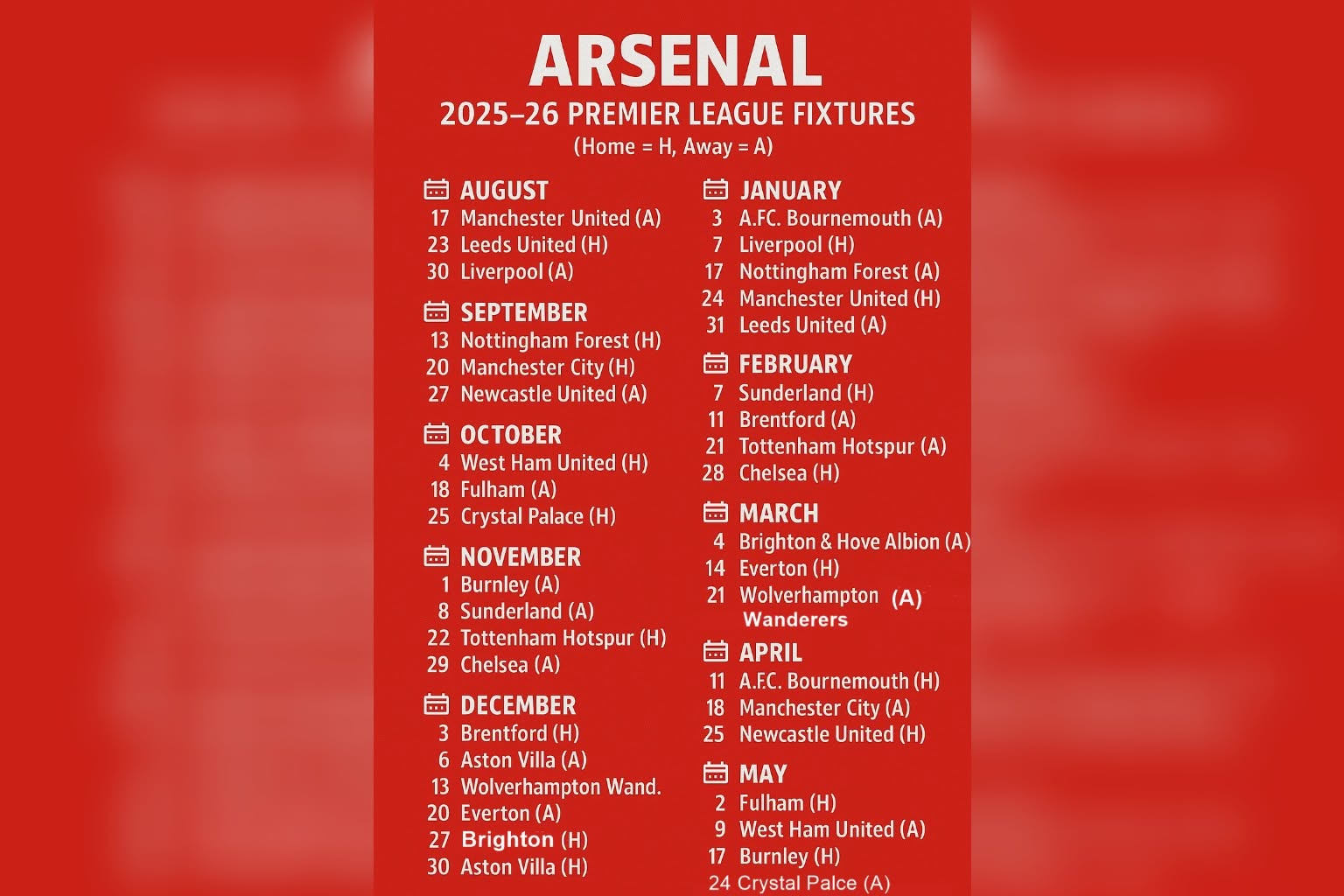

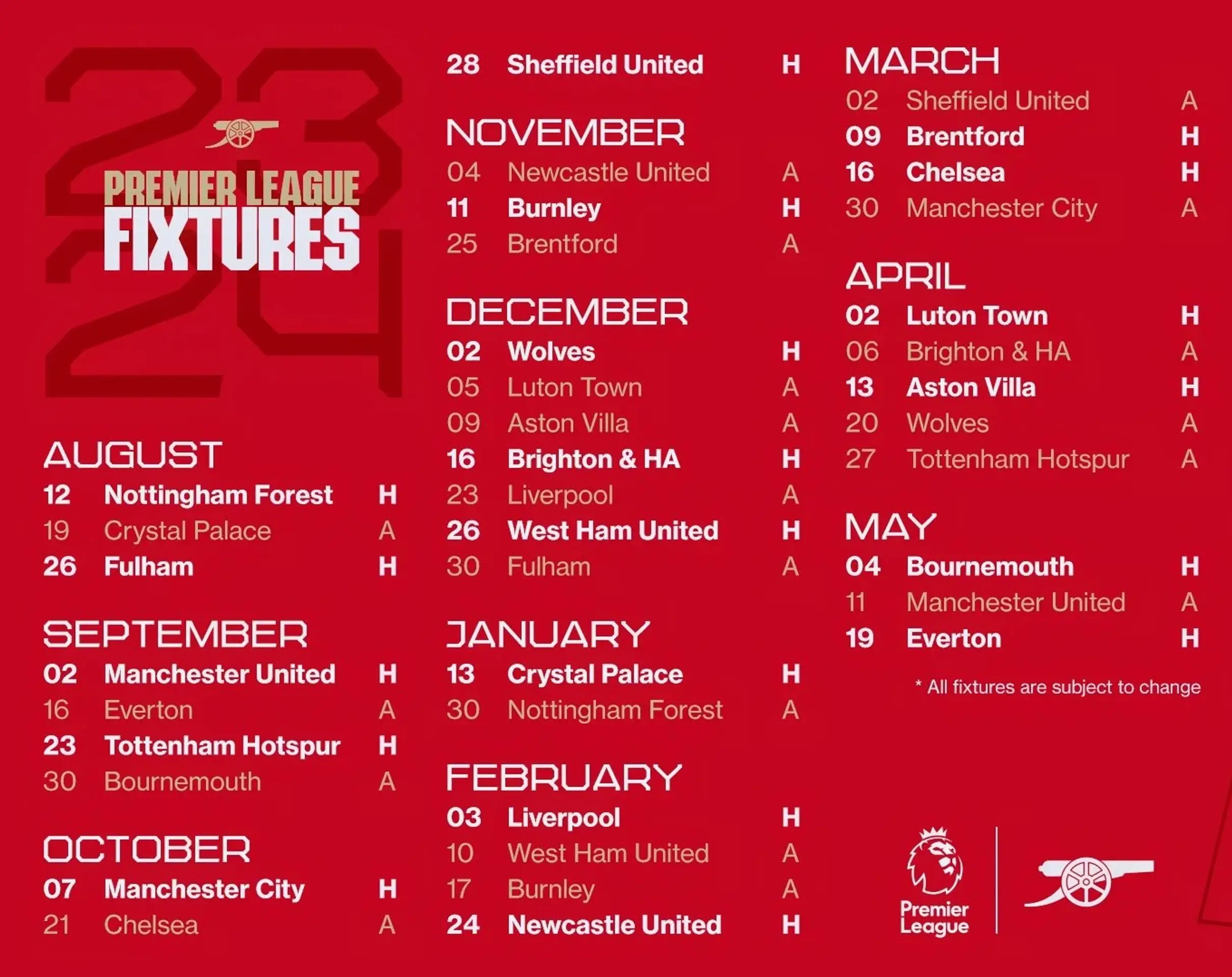



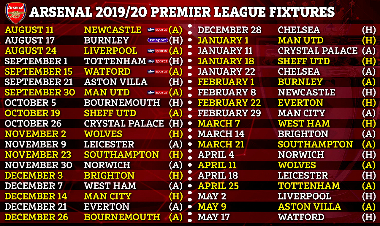














:format(webp)/cdn.vox-cdn.com/uploads/chorus_image/image/66321622/1206682849.jpg.0.jpg)

























:format(webp)/cdn.vox-cdn.com/uploads/chorus_image/image/67131045/1261725039.jpg.0.jpg)






































/origin-imgresizer.eurosport.com/2024/02/04/3880159-78836108-2560-1440.jpg)








![[Teams] Bournemouth vs Arsenal: Confirmed line-ups as Rice returns but Saka drops out](https://football-talk.co.uk/wp-content/uploads/2023/09/declan-rice-arsenal-2023-1000x600.jpg)









